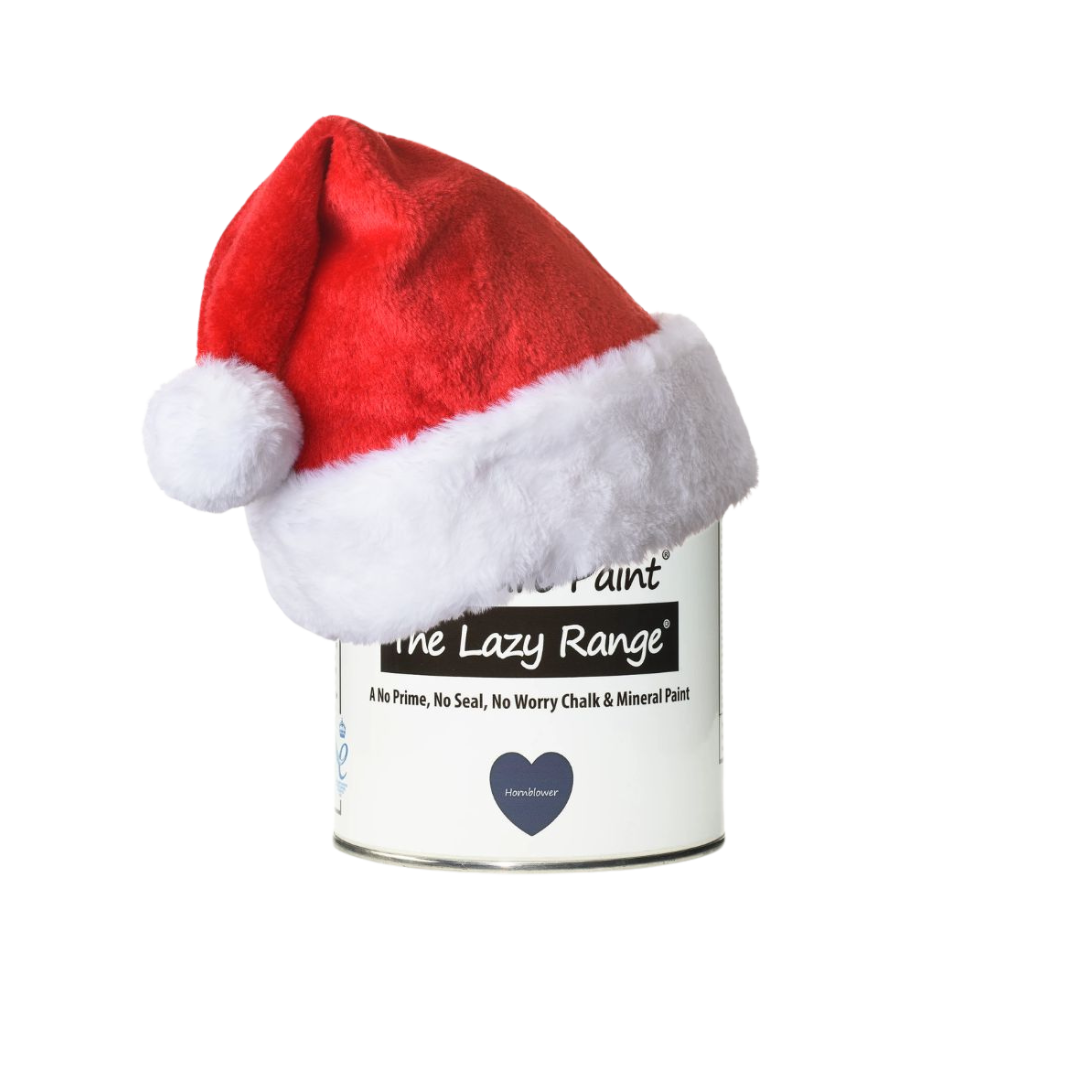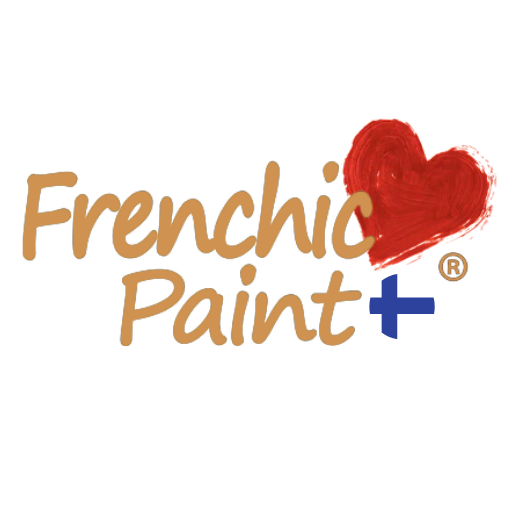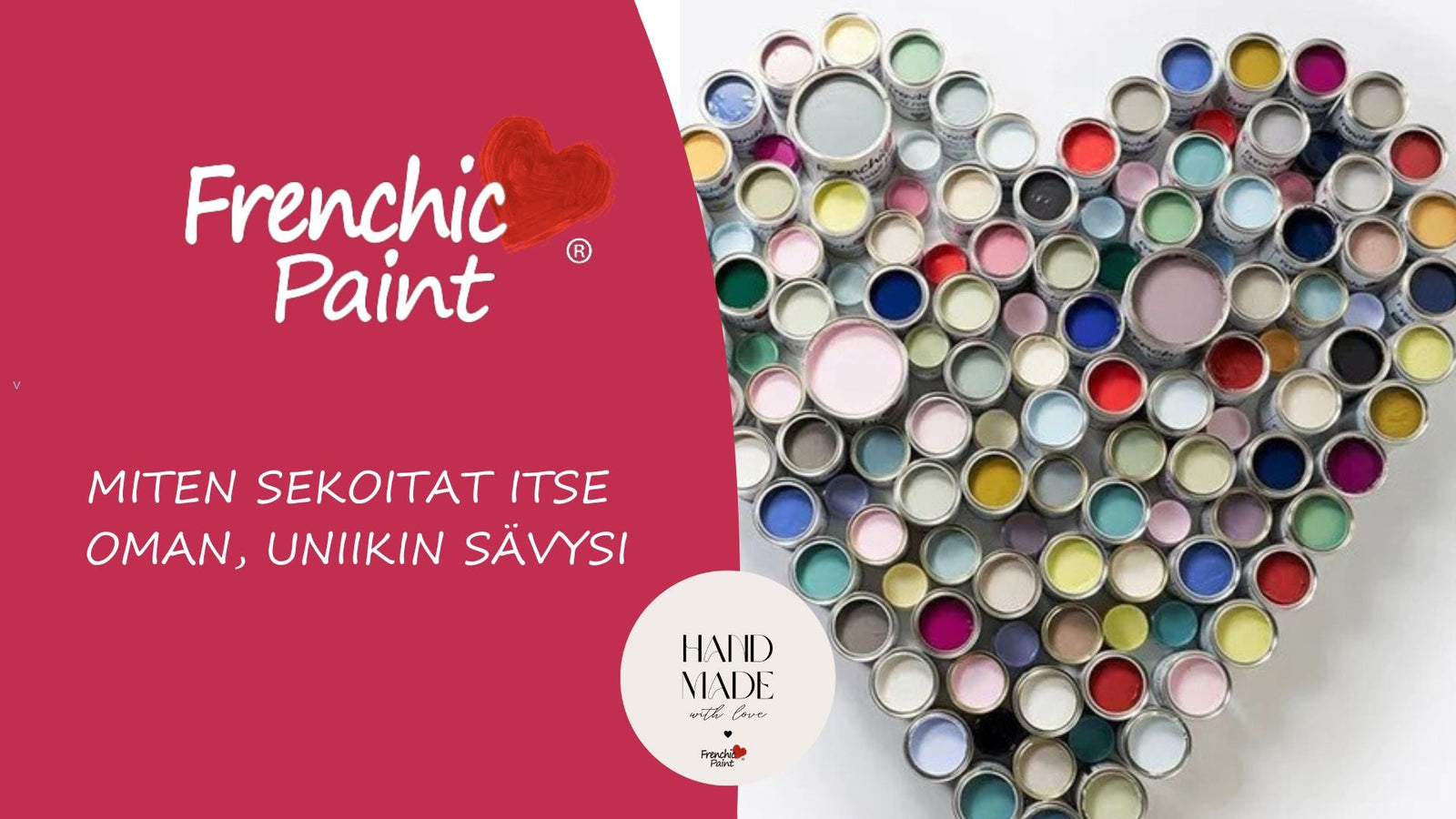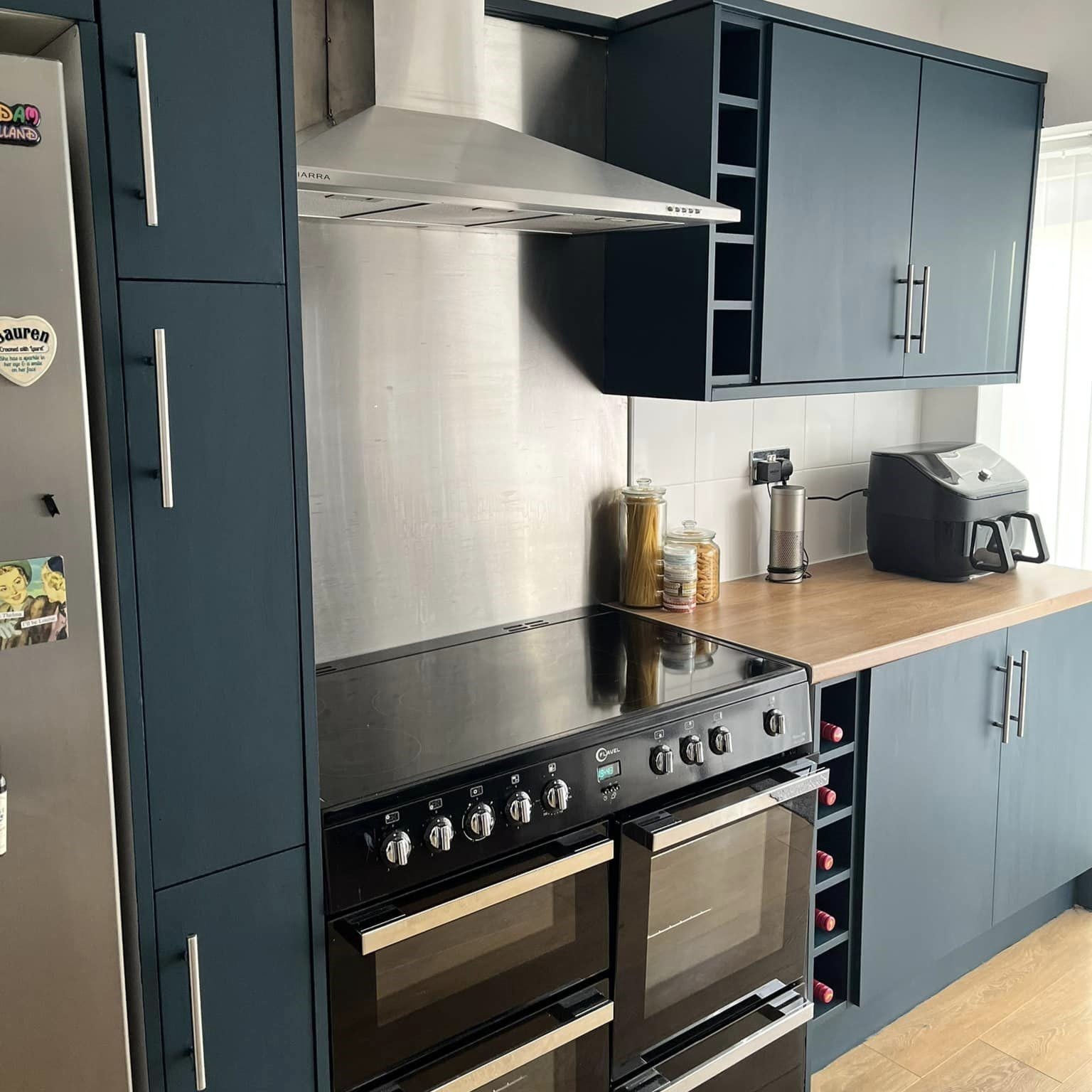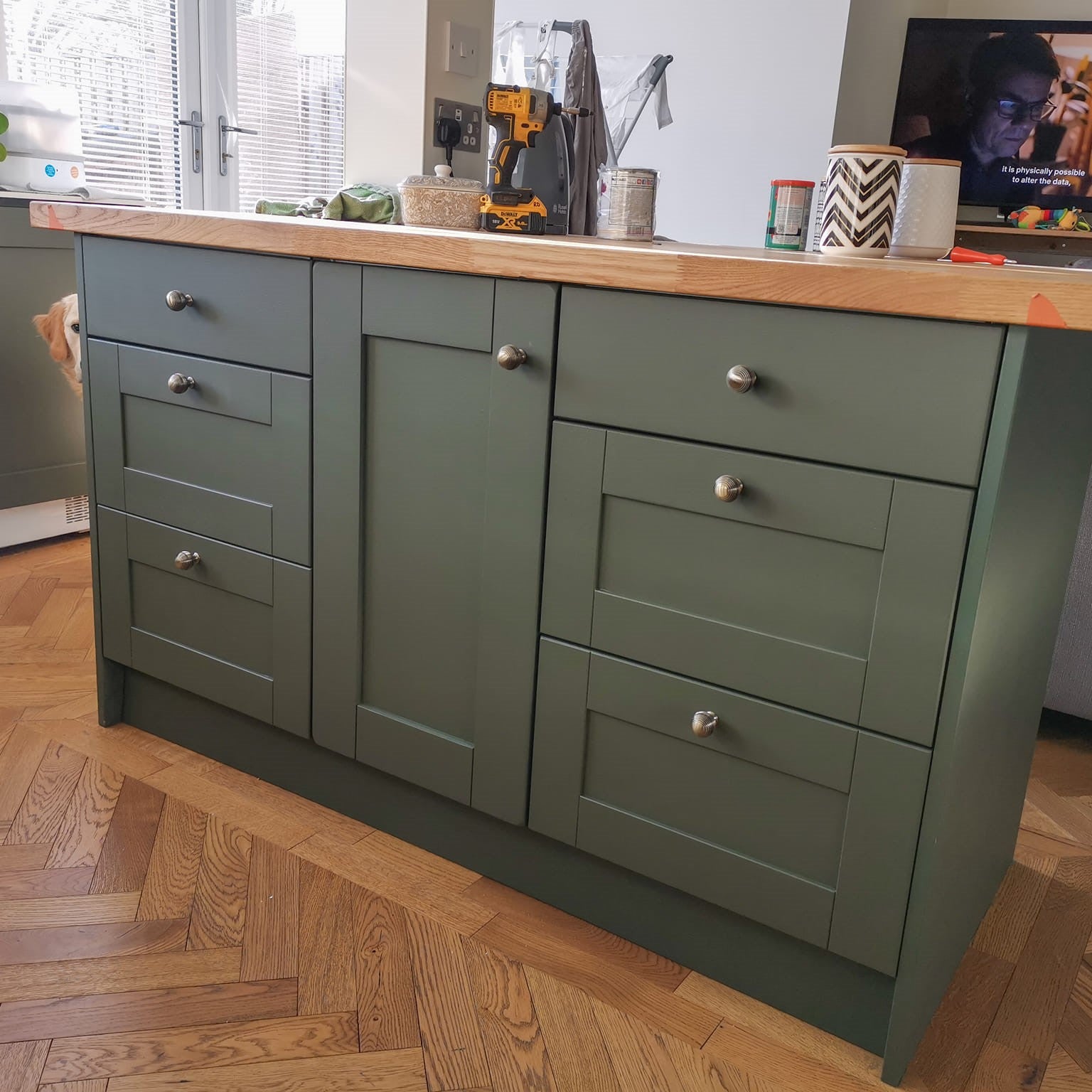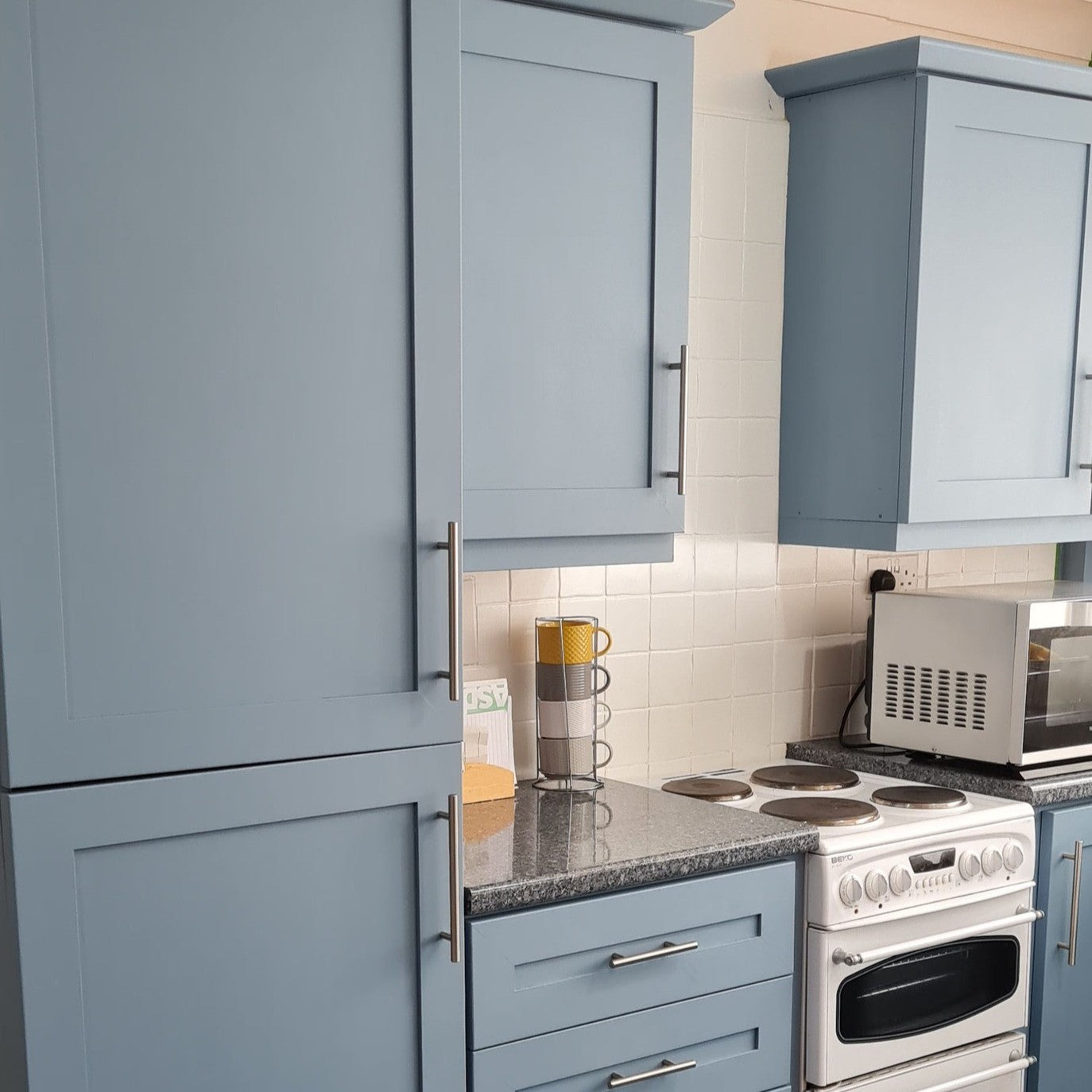Hur man blandar färger och skapar något nytt!
Innan du börjar skapa de mest fantastiska färgkombinationerna är det viktigt att känna till de bästa metoderna för att blanda dina egna färgnyanser.
Även om vi har dussintals alternativ i färdiga nyanser, är de tillgängliga färgerna ibland inte exakt vad du letar efter. Eller kanske du bara vill skapa något verkligt unikt och eget.
Det är inget problem. Det är självklart möjligt att blanda egna färgnyanser och skapa ett unikt och personligt utseende med din egen ton.
Läs vidare när vi diskuterar bästa praxis för att blanda färger och några saker att tänka på när du skapar de perfekta nyanserna...
Experimentera med relationer
Du kan prova lite på papper först, använd tjockt papper eller en papperstallrik – tillsätt små mängder av varje färg och blanda väl. Försök att tänka på de ungefärliga proportionerna för varje färg du använder så att du kan blanda en större mängd. Du kan markera förhållandena på en papperstallrik med en penna för att komma ihåg dem.
Topptips – det är värt att vänta tills testfärgen har torkat så att du kan kontrollera att färgen är som du vill ha den.
Om du vill ha en större mängd, se alltid till att blanda mycket noggrant. Återigen kan du behöva experimentera lite för att få din testlapp att matcha den.
Som ovan bör du kontrollera att din nyansblandning är korrekt när den har torkat.
Blanda rätt mängd
Om du noggrant antecknar mängden av varje färg som används (till exempel med hjälp av måttkoppar eller till och med sprutor) kan du få en mycket liknande färg.
Det är dock ganska osannolikt att du får en färg som är 100 % identisk med den ursprungliga blandningen.
Kom ihåg att det inte är en 100 % exakt vetenskap att blanda din egen färg. Färger som tillverkas av proffs tillverkas under strikt reglerade förhållanden och processer för att säkerställa enhetlighet.
Att upprepa detta hemma är nästan omöjligt.
Av denna anledning är det en bra idé att blanda en tillräcklig mängd åt gången för varje planerat projekt.
Kombinera olika franska serier
Om du vill blanda färger från olika Frenchic-serier är det möjligt, så länge du tar hänsyn till andra saker.
Du minskar de speciella egenskaperna hos varje färg genom att lägga till färger från olika serier tillsammans.
Om du till exempel blandar vår väggfärg med Al Fresco-färg för att skapa en färg från överbliven färg, är det bäst att endast använda blandningen för inomhusprojekt, eftersom Al Frescos väderbeständighet minskar.
Du får också en blandning av glansnivåer för de blandade färgerna. Om du till exempel blandar en matt färg med en blankare färg får du något däremellan.
Letar du efter idéer på vilka färger man ska blanda?
Det finns inga hårda regler för vilka färger som passar ihop. Det är helt enkelt en fråga om personlig preferens.
En del av det roliga är att man aldrig vet exakt vad som kommer att hända när man blandar färger.
Varför inte besöka vår Facebookgrupp för att se vilka blandningar våra kunder redan har gjort – sök i gruppen efter ordet VÄRIRESEPTI så hittar du flera populära blandningar och deras instruktioner.
Nedan kommer vi att gå igenom några olika aspekter och våra egna färgblandningstester.
Var kreativ och djärv med färgkombinationer.
De flesta känner till grunderna i färgkombinationer. Till exempel, rött och gult blir orange, medan gult och blått blir grönt.
Men man blandar inte bara enkla, grundläggande färger. Du kan välja mellan otaliga färger, var och en med sina egna egenskaper och nyanser.
Om du till exempel vill skapa den perfekta nyansen av lila är rött och blått de viktigaste ingredienserna.
Tänk om du kombinerade en vibrerande rosa färg som Raspberry Punch med den fylliga lilablå Kiss Me Sloely?
Resultatet är en djup lila nyans full av karaktär... Se den här fantastiska videon gjord av Fifi Parsons från Fifi's Fancy Furniture och se själv...
Lås upp nya färger med vitt
Att lägga till vitt gör färgen ljusare, men bevarar samtidigt färgens tonala egenskaper.
Detta är ett utmärkt alternativ för en fristående färg. Alternativt kan du skapa två komplementfärger som fungerar bra tillsammans på plats.
Dricks!
Du kan till exempel måla utsidan av dina möbler i originalfärgen (eller en blandning) och sedan lägga till vitt i färgen för att skapa en mjukare version av den färgen.
Använd denna blandning på insidan av lådor eller skåpdörrar. Den smälter vackert in i huvudfärgerna och ger samtidigt lite variation.
Detta tas upp i videorna ovan, eftersom du kan lägga till vitt till en befintlig blandning av två färger.
Alternativt kan du helt enkelt lägga till vitt till en av färgerna – som i Dive In! nedan. och Blända mig! i kombination:
Lägg till drama med svart
Sist men inte minst kan du göra en färg mörkare utan att påverka dess toner genom att lägga till svart.
Precis som vitt kan detta användas med komplementfärger – en enfärgad och en något mörkare.
Eller skapa bara en enda färg med en atmosfärisk basfärg.
När det gäller svart är det viktigt att komma ihåg att det är mycket mer dominant än de flesta färger.
Så du kan börja med den minsta mängden och se hur det påverkar färgen.
Om du älskar riktigt mörka färger men känner att rak svart inte är något för dig, kan du skapa fantastiska färger genom att huvudsakligen använda svart och lägga till en stark juvelfärg som Victory Lane eller Steel Teal.
Hitta din perfekta färg
Om du letar efter en färg som är lite utöver det vanliga har Frenchic dussintals underbara nyanser att välja mellan.
Var och en av våra färger erbjuder något lite annorlunda, med sin egen karaktär och sina egna tonala egenskaper.
Från djärva röda, blåa och gröna nyanser till neutrala toner fulla av personlighet.
Om du bestämmer dig för att blanda franska färger själv, vill vi gärna se hur du gör.
Kanske vill du lära dig mer och läsa om hur du kan använda färghjulet som hjälp.
Posta på Instagram eller gå med i Frenchics fanforum på Facebook för att dela dina skapelser och få inspiration från andra målarentusiaster – tagga oss!
